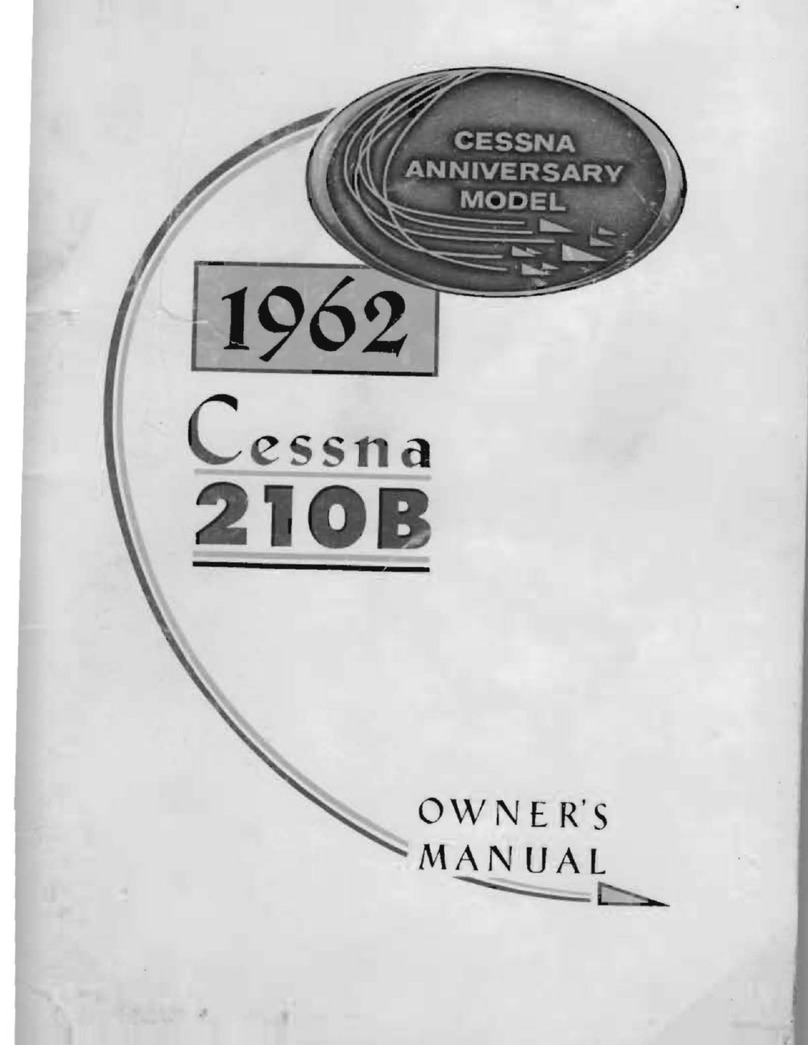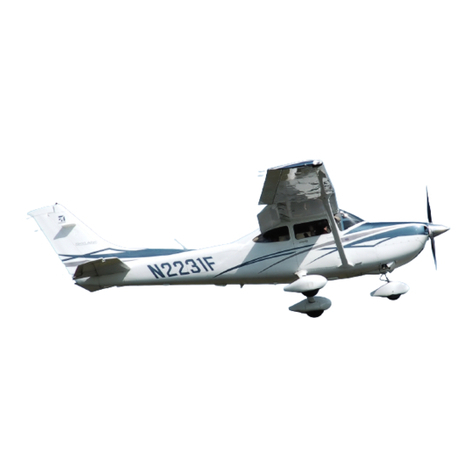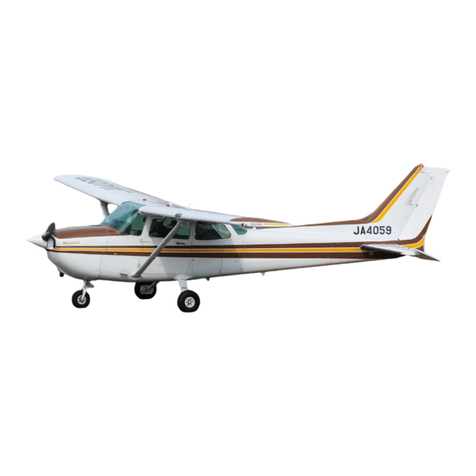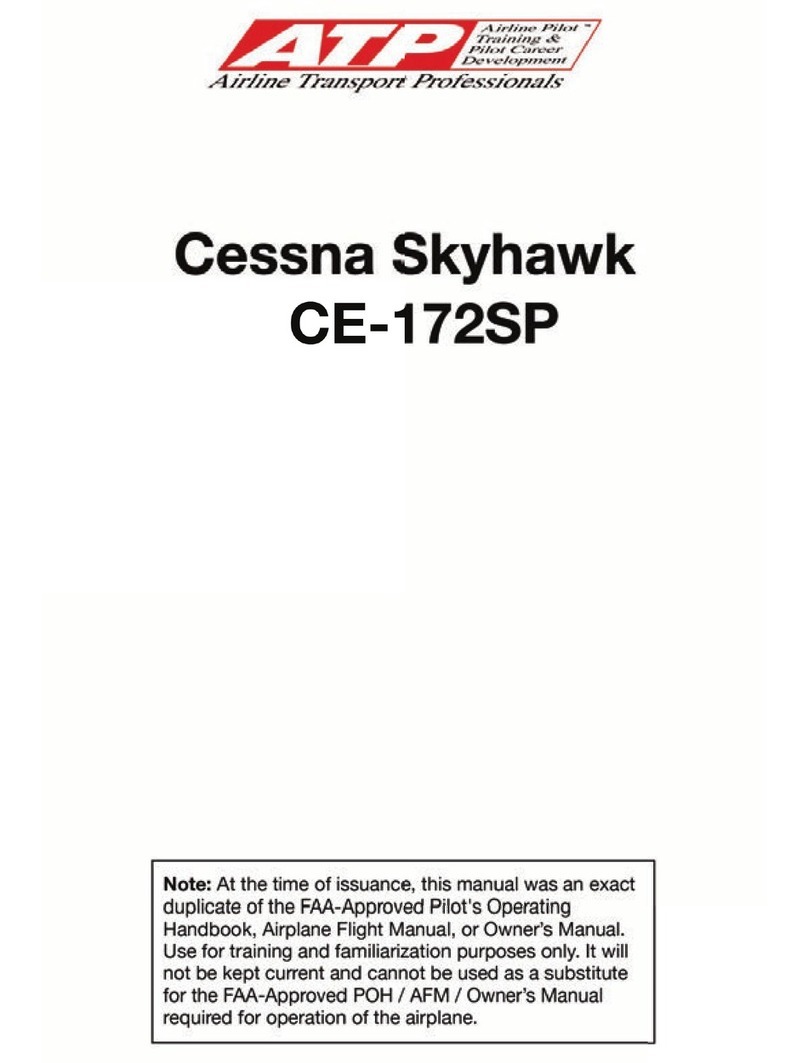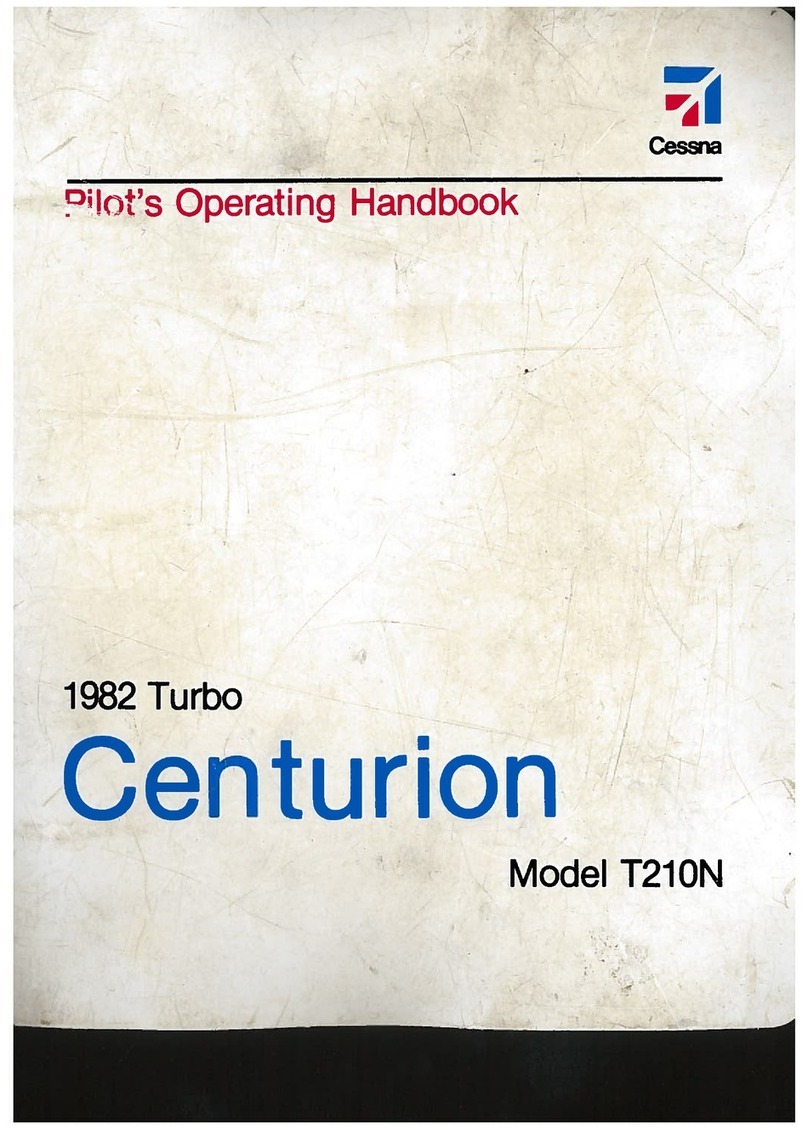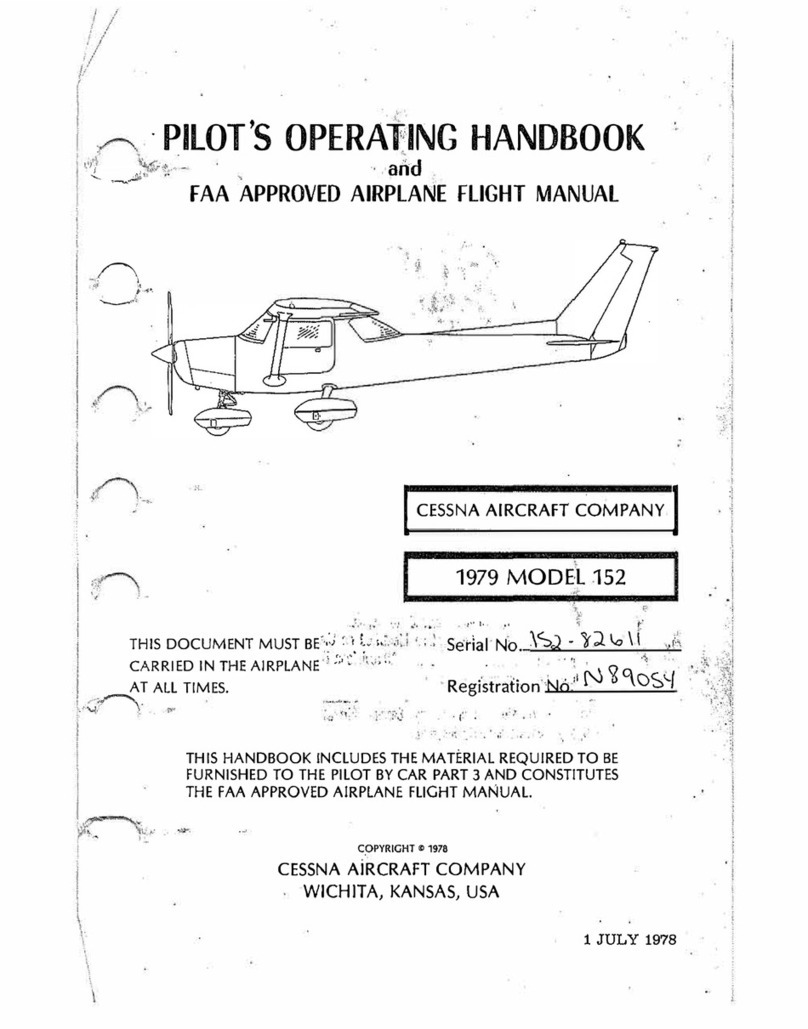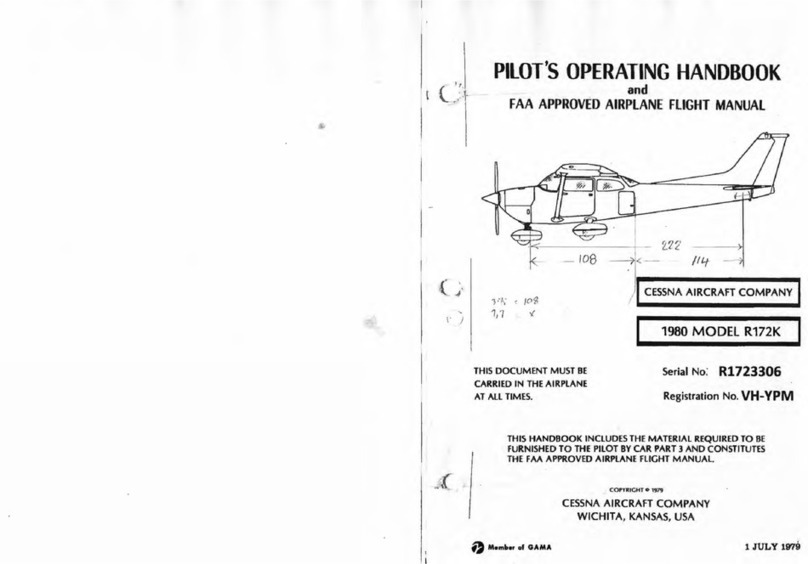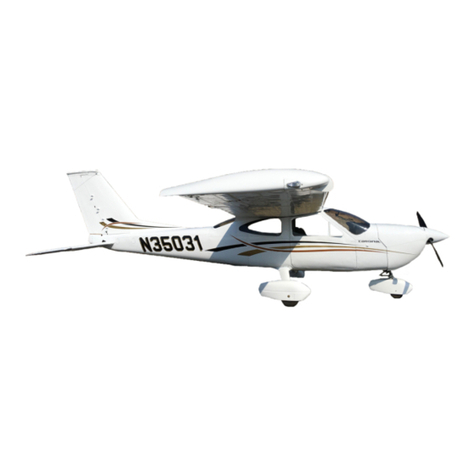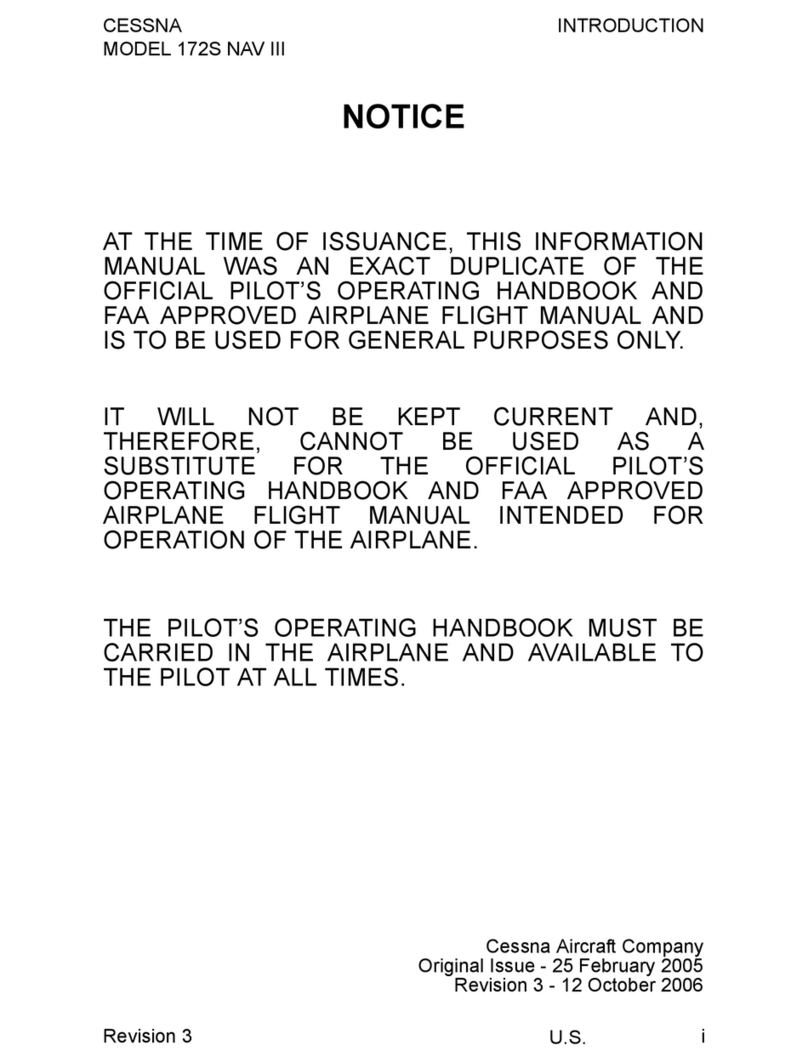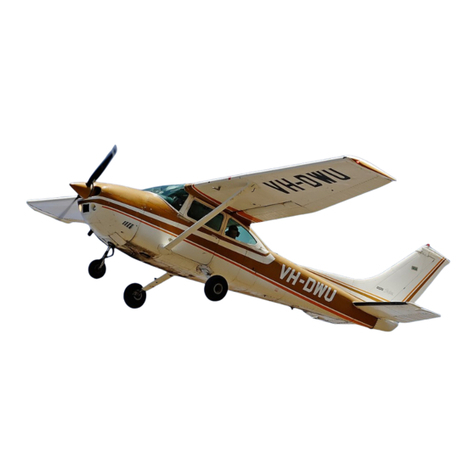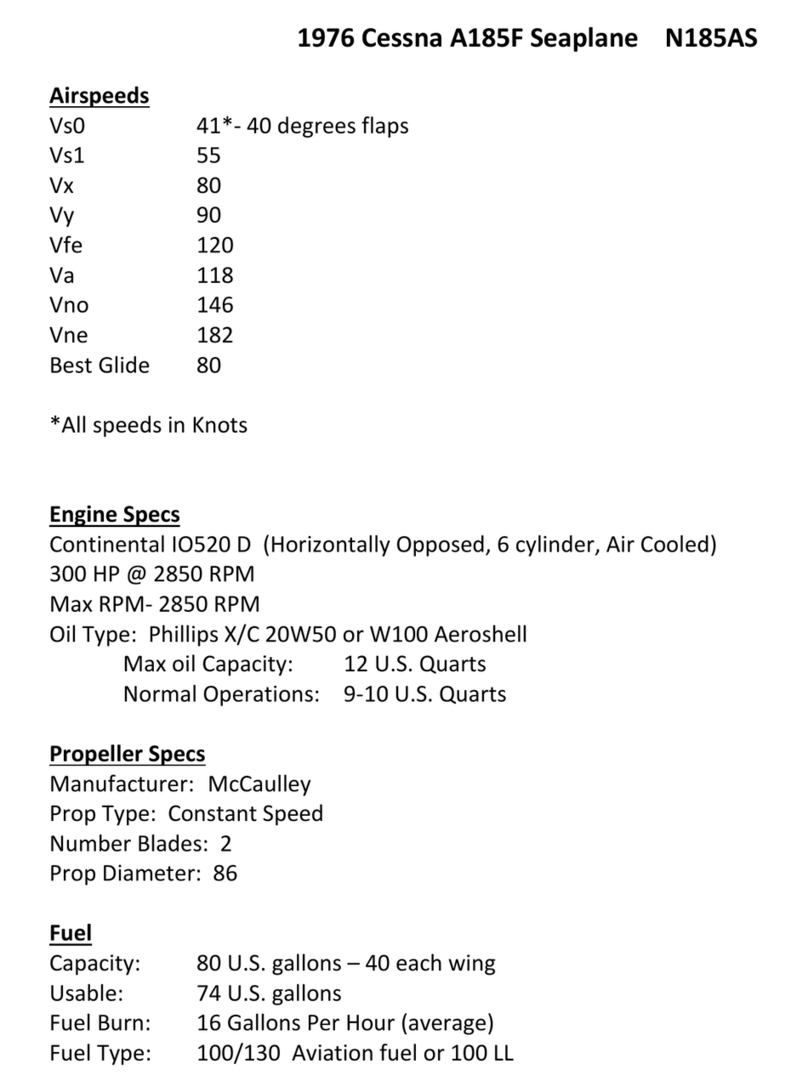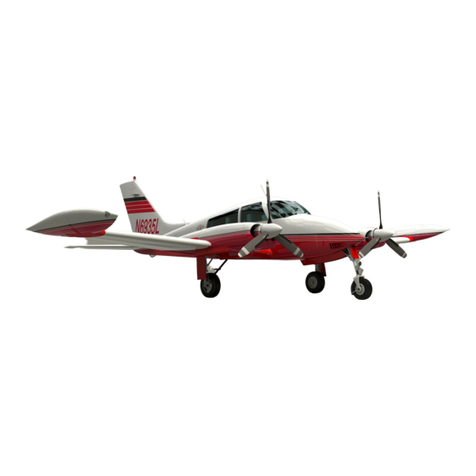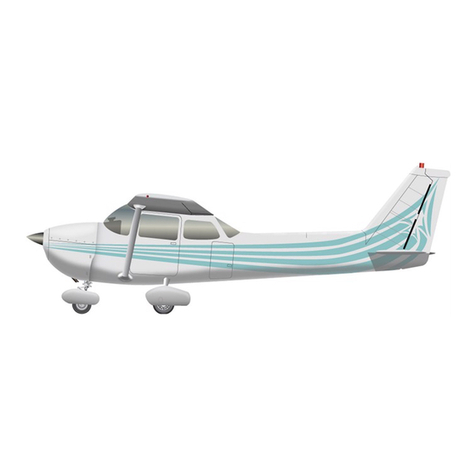
T.O. 1T41C-1
CHECKLISTS.
The Flighl Manualcontains lhe amplilied checklists. Abbreviated checklists have
been issued as s€parate technical orders. see the latest supplemenl slalus page
lor current applicable checklists. Line items in lhe Flight Manual and checklists
are arranged in lhe same order. lf aulhorized by an interim Salety or operational
Supplement that aflects a checklist, write in the applicable change on the af-
lected checklist page. ll a printed supplement contains a replacemenl checklisl
page, lile the page in f;ont ol the exisling checklist page, but do not lhrow out
the old page (in case lhe supplement is cancelled).
HOW TO GET PEBSONAL COPIES.
Each llight crew member is entitled lo personalcopies of th€ Flight
Manual, Salety Supplemenls, Operational Supplements, and
Checklists. The required quantilies should be ordered belore you
need lhem to assure their prompt receipl. Check with your Flight
Manuals personnel - it is their job to tulf ill your Technical Order requests.
Basically, you must order the required quantities on the publica-
lion Requirements Table (T.O. 0-1-1-3). TechnicalOrders O0-5-1
and 00-5-2 give detailed inlormation lor properly ordering these
publications. Make sure asystem is established at your base to deliver
these publicalions lo the llight crews immediately upon receipt.
SAFETY AND OPEBATIONAL SUPPLEMENTS.
Safety supplements are a rapid means ol lransmitting inlormation
about hazardous condilions or saf ety problems. These supplements
conlain operating inslructions, or restrictions that affect safely or
salely modilications. Operational supplements are a rapid m€ans
of lransmitting inlormation not involving salety. Supplements are
issued by leletype (interim) or as printed {formal) supplements. lnterim
supplements are eilher replaced by a lormal printed supplement (wilh
a new number) or by a quick change to lhe manual. Formal
supplemenls are identilied by red letters "SS"or by black letters',OS"
around the borders of the pages.
All supplements ars numbered in sequence. A salety supplement
has the letters 'SS 'in lhe number. An operalional supplement has
the letter "S'in the number. All currenl supplements must be com-
plied with. A safety and operational supplemenl status page is in
each printed supplemenl and each change to lhis manual (pages
i and ii) to show the current slatus of suppiements and checklists.
These pages are only currenl when prepared. To be sure ol lhe latest
information checkthe index, T.O. o-'l -1 -3. The title page of lhis manual
and the title blockof each supplement show the eff ect of each change
on supplements. File supplements in lront of the manual, with the
lalest on top, regardless ol whether il is an operational supplement
or safety supplemenl.
vii


